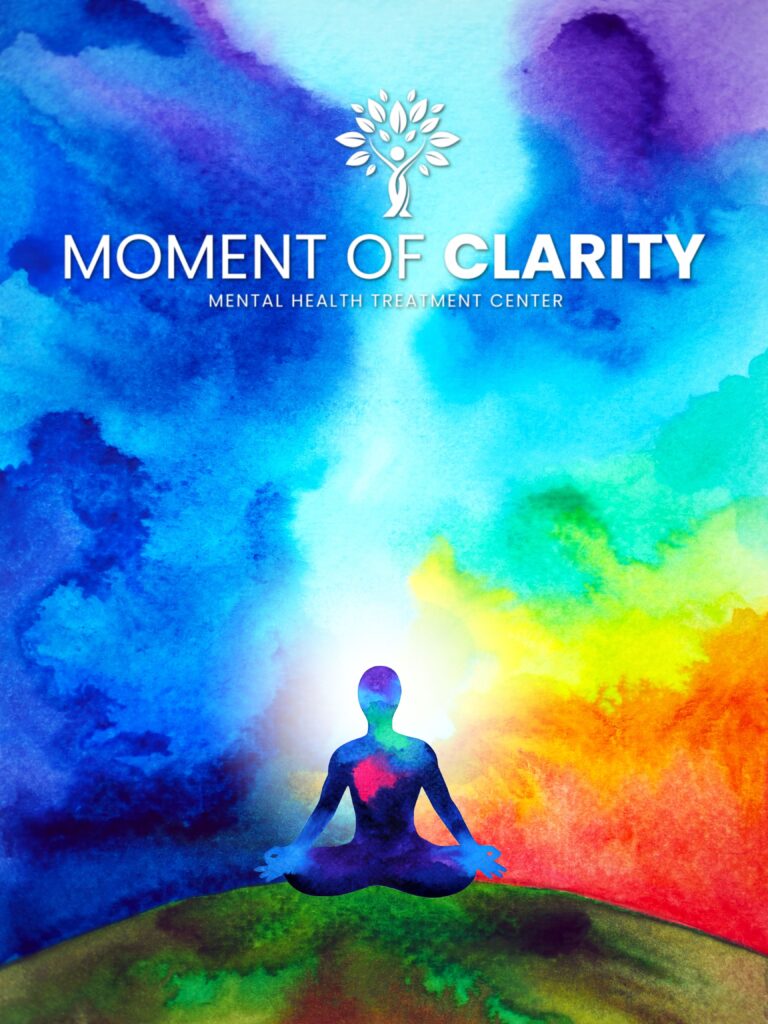While Spravato shows promise for bipolar depression based on emerging evidence, it’s used off-label and is not currently FDA-approved for treating bipolar disorder. Despite the lack of official approval, recent studies show promising results. A recent Spravato® for bipolar depression treatment study found significant improvements in depressive symptoms in patients with refractory bipolar depression treated with IV ketamine or Spravato.
In another study of 45 patients treated twice weekly for up to four weeks, 39% achieved a clinical response and 13% achieved remission, with no patients experiencing mania or hypomania during treatment. Further research showed a low risk of manic switch in bipolar treatment-resistant depression patients, confirming the safety of this treatment, which is an important finding since triggering mania is a significant concern when treating bipolar depression.

What Does the Research Say About Spravato® for Bipolar Depression?
Research for Spravato® for bipolar depression has shown the effectiveness and tolerability of esketamine in treatment-resistant bipolar depression. A retrospective study of 59 patients with treatment-resistant bipolar depression showed significant reductions in depression scores, and ketamine was well-tolerated despite patients taking multiple medications.
One of the biggest worries when treating bipolar depression is triggering a manic episode. However, research is reassuring:
- Studies found a low risk of manic switch in bipolar treatment-resistant depression patients, confirming the safety of esketamine treatment.
- Research published in the Journal of Clinical Psychiatry found that patients were not at higher risk of suffering a manic episode during acute treatment.
- In one study of patients with bipolar depression treated with ketamine/esketamine, no evidence of mania or hypomania was seen during the acute treatment phase.
The emerging research is promising, showing that esketamine appears both effective and safe for bipolar depression, with particular reassurance regarding the low risk of triggering mania. However, these are primarily real-world and retrospective studies rather than large randomized controlled trials, which is why FDA approval for this specific indication hasn’t been granted yet.
How Does Spravato® Work in the Brain for Bipolar Depression?
Spravato® treatment works by blocking a protein called the NMDA receptor in the brain. Unlike traditional antidepressants that work on serotonin, dopamine, and norepinephrine, esketamine focuses on the glutamate system, which may explain its faster action. Ketamine triggers an antidepressant effect through direct inhibition of extrasynaptic NMDA receptors by specifically blocking extrasynaptic GluN2B-NMDA receptors via mTOR signaling, which leads to the excitation of pyramidal neurons.
The process works like this:
- Initial Block: Esketamine preferentially blocks NMDA receptors on inhibitory GABA-ergic interneurons, which normally suppress other neurons
- Increased Activity: When these brakes are released, it increases overall brain activity in mood-regulating circuits
- Brain Plasticity: This stimulates BDNF production and activates the mammalian target of rapamycin, improving brain plasticity.
Esketamine immediately impacts brain cells, offering relief from depressive symptoms within hours, unlike traditional antidepressants that can take weeks to work through gradual changes in serotonin or other neurotransmitters. The exact mechanisms are still being studied, but the rapid restoration of neuroplasticity and synaptic connections appears to be key to esketamine’s antidepressant effects in both unipolar and bipolar depression.
Mental Health Treatment That Works
Call 949-625-0564What our customers are saying
How Fast Does Spravato® Work for Bipolar Depression Relief?
Spravato works remarkably quickly compared to traditional antidepressants. Esketamine immediately impacts brain cells, offering relief from depressive symptoms within hours, and in studies of ketamine for bipolar depression, the onset of antidepressant effects occurred within 40 minutes. The antidepressant effect may reach its peak impact 24 hours after infusion, with response rates of up to 33.3% observed at 24 hours in some studies.
In bipolar depression treatment studies, the antidepressant effect remained significant for three days following a single ketamine infusion. The antidepressant effect begins within hours of administration and lasts up to 7 days after a single dose. Real-world studies evaluating Spravato in patients with refractory bipolar depression reported significant improvements in depressive symptoms over the acute treatment phase of two to four weeks.
The rapid effect typically works within a few hours to a few days, though the duration may be limited unless the ketamine treatment is paired with psychotherapy. The speed of relief can be particularly valuable for people with severe bipolar depression who haven’t responded to other treatments, though the effect requires maintenance treatments to sustain the improvement.
What’s the Difference Between Spravato® and Traditional Bipolar Medications?
The most fundamental difference between Spravato and traditional bipolar medications lies in their mechanisms of action and speed of relief. Traditional antidepressants primarily target serotonin and norepinephrine in the brain, while esketamine focuses on the glutamate system, which may explain its faster action.
Mood stabilizers work by affecting certain receptors in the brain that regulate the release and maintenance of neurotransmitters. On the other hand, Spravato blocks NMDA receptors in the glutamate pathway. The timeframe for results differs dramatically: mood stabilizers can take up to several weeks to reach their full effect, whereas Spravato can provide relief within hours to days.
Another key distinction is in the administration and treatment approach. Unlike traditional antidepressants, which are taken orally, Spravato is administered as a nasal spray under medical supervision, requiring clinic visits rather than home use. Traditional bipolar treatment typically involves mood stabilizers like lithium or valproate as the foundation, with antidepressants sometimes added cautiously, since antidepressants must never be used alone with bipolar disorder, as they can cause a person who is depressed to switch into mania.

Key Takeaways on Spravato® for Bipolar Depression
- Spravato® is not FDA-approved for bipolar depression, but emerging real-world studies show encouraging results.
- Research demonstrates a reassuringly low risk of manic episodes during treatment.
- Unlike conventional antidepressants that target serotonin, Spravato blocks NMDA receptors in the glutamate system, which can provide relief within hours rather than weeks.
- Spravato® targets the glutamate system through NMDA receptor blockade, providing relief within hours to days, making it uniquely fast-acting for severe, treatment-resistant cases.
- Unlike oral medications taken at home, Spravato® requires in-clinic nasal spray administration under medical supervision.
If you or someone you know is struggling with bipolar depression, reach out to Moment of Clarity in Southern California at 949-625-0564. Our dedicated team can provide you with comprehensive information about Spravato® for bipolar depression treatment and how this innovative treatment may offer significant relief for patients and help them regain a sense of normalcy in their lives.
Resources
- Johnson & Johnson –Use of SPRAVATO in Patients With Bipolar Disorder
- Johnson & Johnson –SPRAVATO® (esketamine) approved in the U.S. as the first and only monotherapy for adults with treatment-resistant depression
- Yale School of Medicine –Bipolar Disorder Patients Respond to Ketamine, Esketamine Treatment
- National Library of Medicine –Treating bipolar depression with esketamine: Safety and effectiveness data from a naturalistic multicentric study on esketamine in bipolar versus unipolar treatment-resistant depression
- National Library of Medicine –Intranasal esketamine use in bipolar disorder: A case report




